Ugh, this is going to take some effort to clear up.
First let me say this. In my 4 years of courses getting my BS in Aeronautical Engineering I have never seen any contradiction or debate as to “How planes fly”! Those links given are flat out ridiculous. They simply tell a different half story that basic science books do with the Bernoulli Principle.
First lets explain away that how “I’ve been mislead by my Physics Book” claim is bunk. The book isn’t trying to explain how a aircraft flies! It is trying to explain the Bernoulli Principle. As such it is correct in using a airfoil as a example. Was anyone tested on Aerondynamics or Compressible flow in Grade or High School? I doubt it. I’m sure not a single book claims that the Bernoulli Principle is the only effect acting on a planes flight surfaces, it simply uses it as a common real-world example of a complicated principle at work (a rarity in most physics).
Second, the explaination that most people have given is correct, and every engineer is fully aware of the fact. This isn’t a “duality of light” type debate amongst intellectuals.
Some points to correct. bantmof said:
This is 100% false, most aircraft do not, but it most certainly is possible, if not practical in general use. Many planes do infact use this during take off to initiate the needed angle of attack for climb.
One arguement one may make (while a moot point in reality) in saying “Lift is created by the Bernoulli Principle”, is by claiming the definition of Lift is just that. Force created by pressure differential. As such one would classify the Newtonian effects as a different force entirely. Not that it actually changes the reality of the effects, it all depends on what scale you examine the force diagram.
One misconception that is being propogated is that:
This is false. As long as laminar flow is maintained the air DOES rejoin with itself at the training edge. The “magical” reason you refer to is this. What would replace the air if it didn’t? If the air above the wing doesn’t accelerate to meet with the air passing below the airfoil, what is going to fill its place? A vacuum? That’d make life REALLY easy for engineers. Or is matter created? Maybe dark matter? Of course if the wing is in stall or creaing turbulent flow then the wing ceases to create lift and the air is not rejoining.
Now one factor that is being overlooked. Much of the Newtonian effect is already included in the Bernoulli effect. The leading edge of the airfoil is not a fixed point. It depends on the AOA and as the AOA increases the airflow is slpit at a different point. The “Newtonian” effects are measured as pressure change. So even though “air is forced downward” is is measured as a lifting force in context of the Bernoulli Principle. As the AOA increases the top camber gets larger, ergo the pressure ratio gets haigher and lift values reflect that effect. Bernoulli and Newton are not contradictions, they are different ways of measuring teh same effect. Newtonian physics are generally extremely difficult to quantify when dealing with a compressible fluid. The force lost in compression is very complicated to measure. Bernoulli uses his relationships to side step that complication. It doesn’t contradict anything Newton claimed.
I’m probably losing my train of thought, so I’ll step back and see if I need to clarify later.

